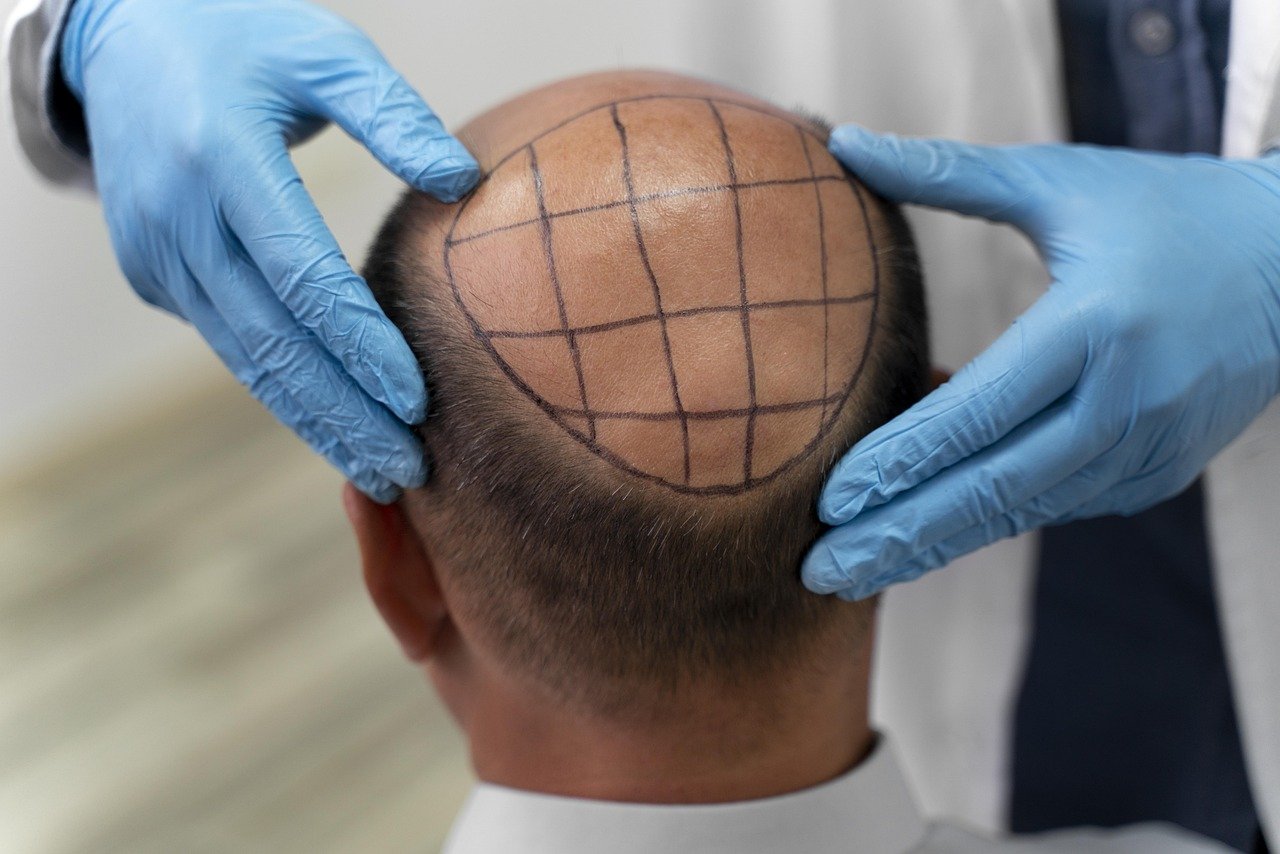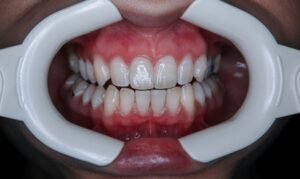A hair transplant can be life-changing, restoring not only hair but also confidence and self-esteem. However, achieving long-lasting results requires more than just undergoing the procedure. To ensure that your hair transplant provides lifetime value, it’s essential to adopt a comprehensive and consistent approach to hair care, health, and maintenance. From protecting your scalp during the recovery phase to embracing long-term lifestyle changes, these 12 essential steps will help you preserve and enhance your hair transplant results.
1. Follow Post-Operative Instructions Diligently
The first step toward ensuring the success of your hair transplant is adhering to the post-operative care instructions provided by your surgeon. These guidelines are designed to promote healing, protect the grafts, and minimize the risk of complications.
During the initial recovery period, the transplanted hair grafts are delicate and require careful handling. Avoid touching, scratching, or washing the transplanted area for the first few days unless instructed otherwise. Your surgeon will provide specific recommendations on how and when to wash your scalp to avoid dislodging the grafts.
It’s also crucial to avoid exposing your scalp to direct sunlight, dust, or other environmental irritants during the early healing phase. Wearing a loose-fitting hat or using an umbrella can help shield your scalp without causing undue pressure on the grafts.
Strenuous activities, including exercise, heavy lifting, or bending over, should be avoided for the first 1-2 weeks after your procedure. These activities can increase blood pressure in the scalp, potentially leading to bleeding or dislodgement of grafts. Following your surgeon’s timeline for resuming normal activities is essential to prevent complications.
2. Prioritize Scalp Hygiene
Maintaining a clean and healthy scalp is critical for the survival of transplanted grafts and the health of surrounding hair. Proper scalp hygiene prevents infections and promotes optimal conditions for hair growth.
In the weeks following your transplant, use a mild, sulfate-free shampoo to cleanse your scalp. Avoid vigorous scrubbing, and instead, gently lather the shampoo with your fingertips. Rinse thoroughly with lukewarm water and pat the scalp dry with a soft towel. Over time, you can gradually transition to your regular hair-washing routine, ensuring you avoid products with harsh chemicals.
Even after the healing process is complete, maintaining scalp hygiene is crucial. Regularly remove sweat, oil, and product buildup to prevent clogged follicles. Incorporating a scalp exfoliation treatment once a month can help remove dead skin cells and stimulate blood circulation, promoting a healthier environment for hair growth.
3. Use Hair-Friendly Products
The products you use on your hair and scalp play a significant role in maintaining the health of your transplanted hair. Choosing the right formulations can strengthen your hair, improve its appearance, and prevent damage.
Opt for shampoos and conditioners specifically designed for sensitive or post-transplant scalps. Ingredients like biotin, keratin, and aloe vera are excellent choices for nourishing hair and promoting growth. Avoid products containing sulfates, parabens, or artificial fragrances, as these can cause dryness and irritation.
Avoid harsh chemical treatments, such as perms, relaxers, or ammonia-based hair dyes, particularly during the first six months after surgery. If you wish to color your hair, choose ammonia-free or natural dyes, and consult with your surgeon about the best time to resume such treatments.
4. Protect Your Hair from the Sun
Prolonged exposure to UV rays can damage your scalp and weaken transplanted hair, especially during the initial healing phase. Incorporating sun protection into your routine is essential for preserving the health and longevity of your results.
Consider using a scalp sunscreen with an SPF of 30 or higher, especially if you have thinning natural hair that provides less coverage. Choose lightweight, non-greasy formulas that are easy to apply and won’t clog your follicles.
Hats, scarves, or umbrellas offer excellent protection against direct sunlight. Choose lightweight, breathable fabrics to prevent overheating and irritation. Consistently protecting your scalp ensures that both transplanted and natural hair remain healthy over time.
5. Stay Hydrated
Hydration is a cornerstone of overall health, including the health of your hair. Proper hydration supports blood circulation to the scalp, promotes cell regeneration, and prevents dryness and flakiness.
Water helps transport essential nutrients to the hair follicles, ensuring that they remain nourished and active. Aim to drink at least 8-10 glasses of water daily, adjusting for physical activity and environmental factors.
In addition to drinking water, consider incorporating hydrating scalp treatments into your routine. Products containing hyaluronic acid or natural oils like coconut and argan can lock in moisture and keep your scalp healthy and supple.
6. Adopt a Nutrient-Rich Diet
Diet plays a significant role in hair health, providing the building blocks for strong and resilient hair. Incorporating the right nutrients into your daily meals can support the growth of transplanted hair and slow the progression of natural hair loss.
Focus on foods rich in:
- Protein: Hair is primarily made of keratin, a protein. Include lean meats, eggs, fish, beans, and nuts in your diet.
- Biotin: Found in eggs, sweet potatoes, and nuts, biotin strengthens hair and promotes growth.
- Zinc and Iron: These minerals, found in spinach, shellfish, and fortified cereals, support follicle health and prevent shedding.
- Omega-3 Fatty Acids: Found in fatty fish like salmon, omega-3s reduce inflammation and nourish the scalp.
If your diet lacks certain nutrients, supplements can fill the gaps. Consult with your healthcare provider before starting any supplement regimen to ensure safety and effectiveness.
7. Manage Stress Levels
Stress is a major contributor to hair loss, affecting both transplanted and natural hair. Learning to manage stress effectively is key to maintaining a healthy scalp and hair growth.
Incorporate practices like meditation, yoga, or deep breathing exercises into your routine. These activities help regulate cortisol levels, reducing the impact of stress on your hair. Physical exercise, whether it’s walking, swimming, or dancing, also releases endorphins that improve mood and overall health.
Adequate sleep is essential for stress management and overall hair health. Aim for 7-9 hours of quality sleep each night to allow your body to repair and regenerate. Creating a consistent bedtime routine can improve sleep quality and reduce stress-related hair loss.
8. Incorporate Scalp Massage
Scalp massage is a simple yet effective way to stimulate blood circulation and encourage hair growth. By improving the flow of nutrients to the follicles, regular scalp massage can strengthen transplanted hair and support its longevity.
Use your fingertips to apply gentle pressure in circular motions across your scalp. Perform this for 5-10 minutes daily, either during or after washing your hair. For added benefits, incorporate essential oils like rosemary or peppermint, which have been shown to promote hair growth.
Scalp massagers or brushes with soft silicone bristles can enhance the effectiveness of your massage routine. These tools are gentle on the scalp and provide an easy way to incorporate this practice into your daily routine.
9. Consider Medical Therapies
While a hair transplant restores hair in areas of significant loss, medical therapies can complement the procedure by preserving existing hair and enhancing the longevity of your results. These treatments work by addressing underlying factors like hormonal imbalances and improving follicular activity.
Minoxidil
Minoxidil is a topical solution that increases blood flow to the scalp and prolongs the growth phase of the hair cycle. When used consistently, it can prevent further hair loss and even stimulate new growth in thinning areas. Most patients can safely incorporate minoxidil into their post-transplant maintenance routine, but it’s essential to consult your surgeon before starting treatment.
Finasteride
Finasteride is an oral medication that reduces levels of dihydrotestosterone (DHT), a hormone linked to male pattern baldness. By lowering DHT levels, finasteride helps preserve existing hair and supports the transplanted hair’s integration. Discuss potential side effects with your doctor and determine whether this medication is right for you.
Platelet-Rich Plasma Therapy
PRP therapy involves extracting a small amount of your blood, isolating the plasma rich in growth factors, and injecting it into the scalp. These growth factors promote follicular activity, enhance hair density, and improve the overall quality of transplanted and natural hair. PRP therapy is often recommended as a follow-up treatment to hair transplantation, providing a non-invasive way to boost results.
10. Protect Your Hair from Environmental Factors
Environmental exposure, including pollution, harsh weather, and UV radiation, can damage both transplanted and natural hair over time. Implementing protective measures minimizes these risks and ensures healthier hair.
Pollution can clog hair follicles and weaken strands, leading to dullness and breakage. To combat this, cleanse your scalp regularly using a clarifying shampoo to remove buildup caused by pollutants. Additionally, wearing a hat or scarf when outdoors in polluted environments provides a physical barrier against harmful particles.
Extreme weather, whether hot, cold, or windy, can strip moisture from your hair and scalp. During winter, use a hydrating leave-in conditioner to combat dryness caused by indoor heating. In summer, protect your hair with lightweight products containing SPF or use a protective spray designed to shield against UV rays.
11. Commit to Regular Follow-Up Appointments
Routine follow-ups with your hair transplant surgeon are essential for monitoring your progress and addressing any concerns. These appointments provide an opportunity to assess hair growth, ensure proper healing, and make adjustments to your maintenance plan if necessary.
Your surgeon can evaluate the health of both transplanted and existing hair during follow-up visits. Early detection of issues like scarring, poor graft survival, or new areas of thinning allows for timely intervention. Maintaining open communication ensures you receive expert guidance throughout your hair restoration journey.
Typically, follow-ups are scheduled at intervals such as 1 month, 3 months, 6 months, and 12 months post-surgery. After the first year, annual visits are recommended to monitor the long-term success of your transplant and explore any supplementary treatments that may be beneficial.
12. Make Long-Term Lifestyle Adjustments
The success of your hair transplant doesn’t just depend on short-term care—it requires a commitment to long-term lifestyle changes that support overall hair health. From adopting healthier habits to staying informed about advances in hair restoration, a proactive approach ensures your transplant lasts a lifetime.
Certain lifestyle habits, such as smoking and excessive alcohol consumption, can negatively impact hair health by reducing blood flow and essential nutrient delivery to the scalp. Quitting smoking and limiting alcohol intake contribute to healthier hair and a stronger scalp environment.
Advancements in hair restoration treatments and technologies are constantly evolving. Stay informed by following reputable sources, attending consultations with your surgeon, and exploring new options for maintenance and enhancement. This knowledge empowers you to make informed decisions about your hair care routine and adopt strategies that maximize your transplant’s longevity.
Conclusion
Ensuring that your hair transplant lasts a lifetime requires a holistic approach that combines proper scalp care, protective measures, medical treatments, and long-term lifestyle changes. By diligently following these 12 essential steps, you can safeguard your investment and enjoy the confidence that comes with a fuller, healthier head of hair. From the immediate post-operative phase to the years ahead, consistency and commitment are key.
Your hair transplant journey doesn’t end with the procedure—it’s a lifelong process of care and maintenance. By taking proactive steps and remaining vigilant, you can ensure that your results stand the test of time, offering you the lasting benefits of renewed self-assurance and a youthful appearance.




